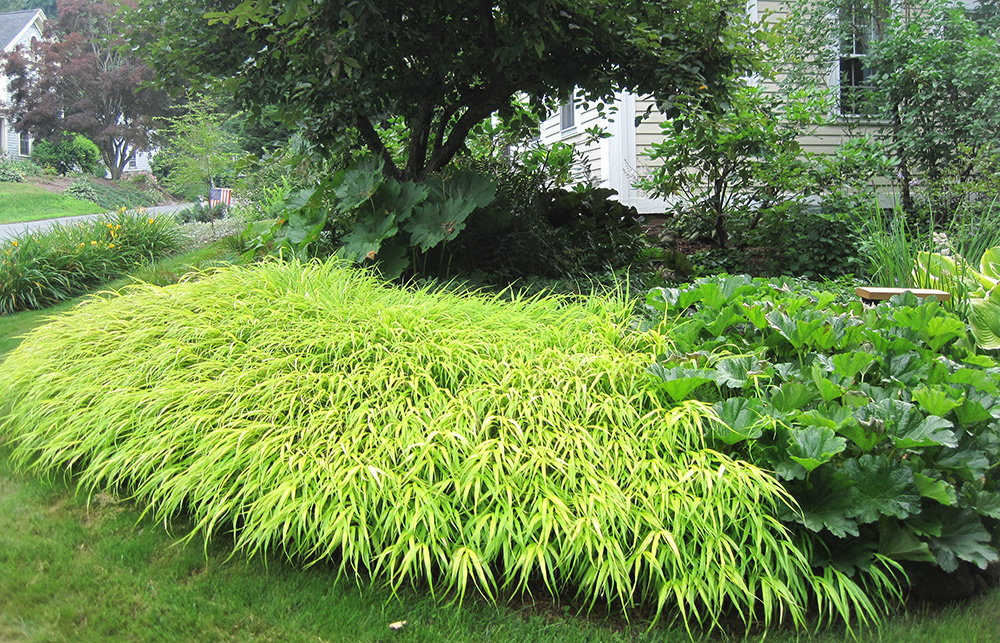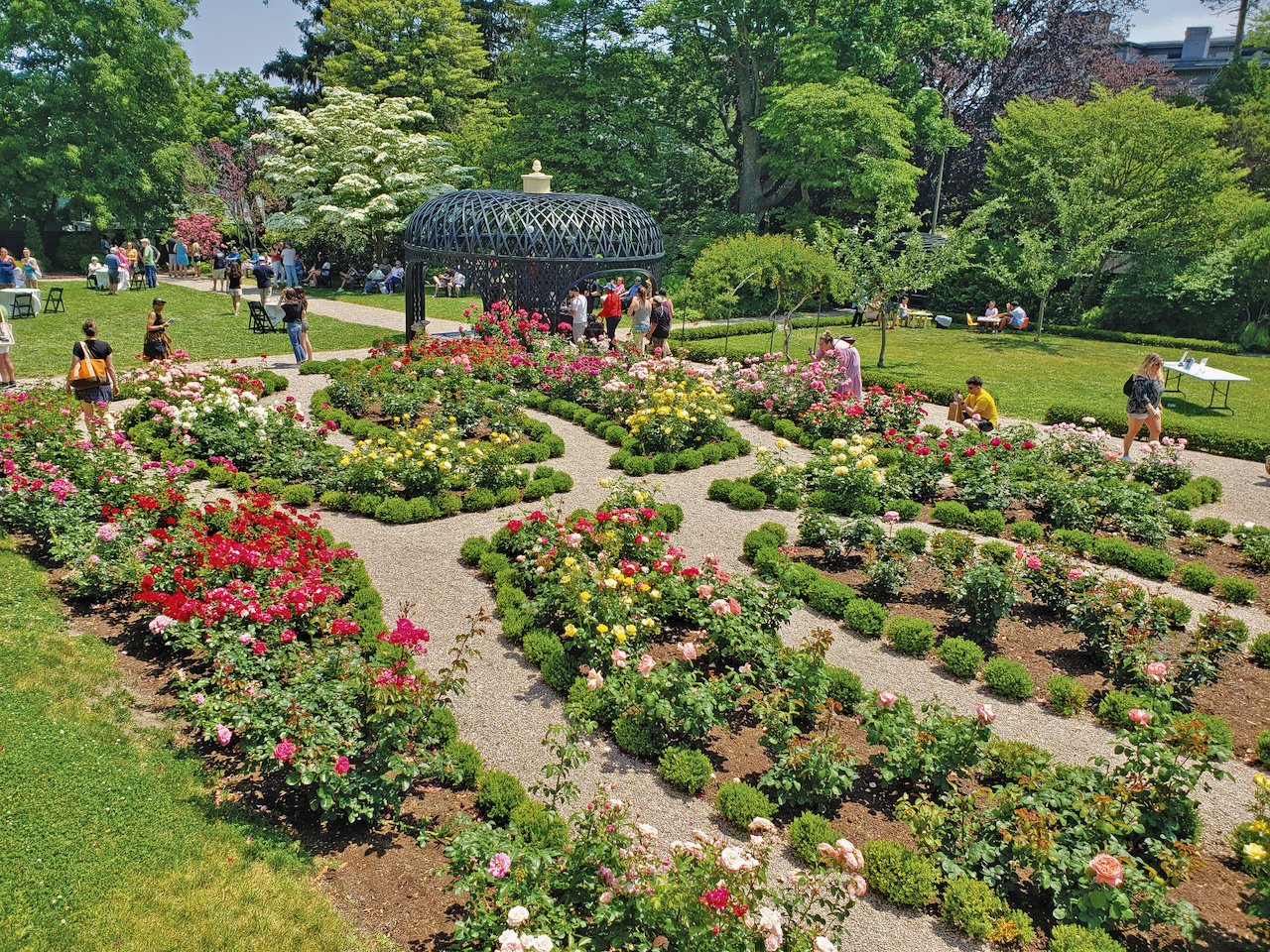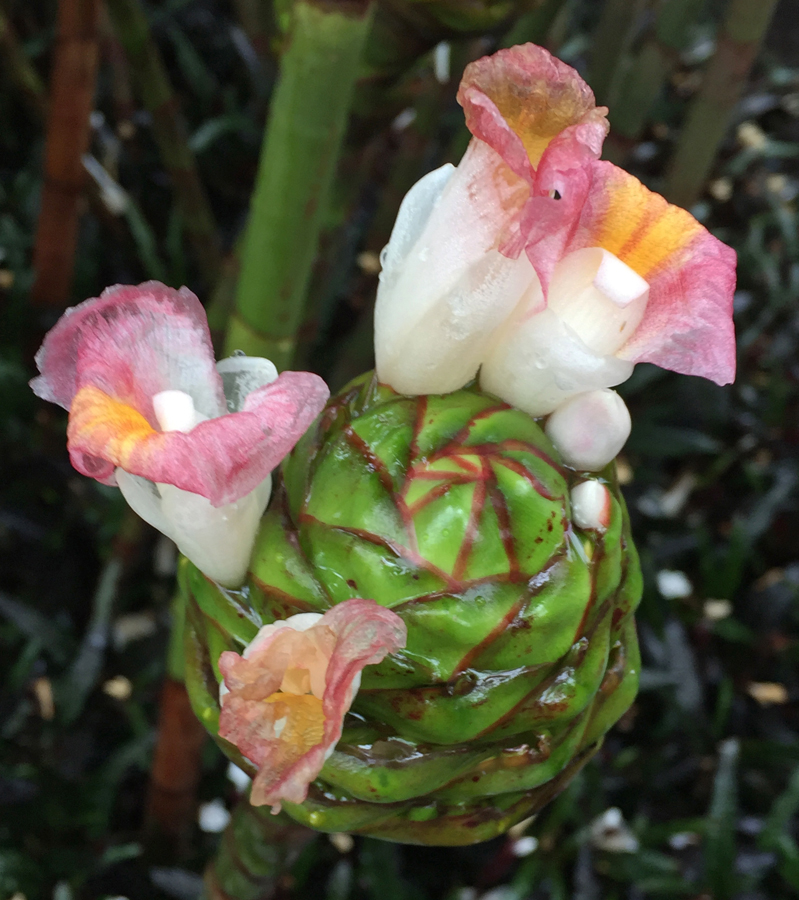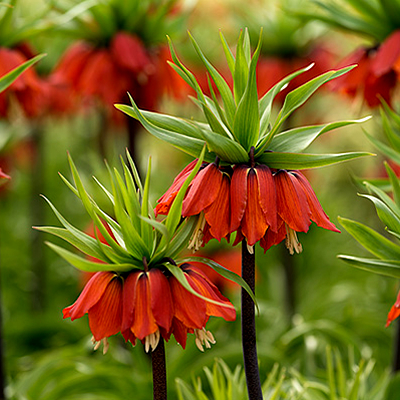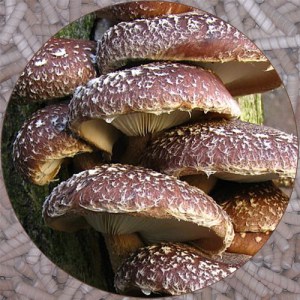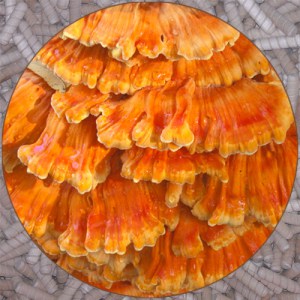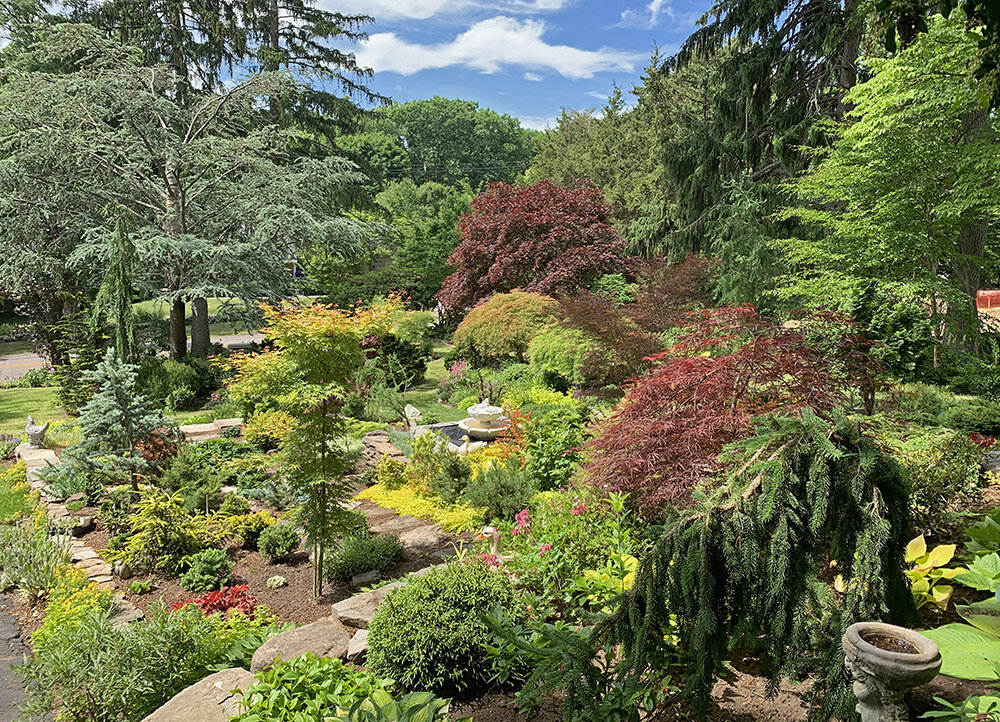Hakone Grass - A Four Season Stunner
/It can be tough to find perennials that dazzle in all four seasons, but Hakonechloa macra, commonly called Hakone grass, is a plant that fits the bill. Hakone grass is a beautiful perennial grass with gracefully arching leaves that sway in the breeze. It grows slowly to form a cascading mound of eye-catching foliage and has a strong presence in the garden year round.
Although most grasses prefer full sun, Hakone grass is a shade-loving grass native to moist mountain and woodland areas in central Japan. Mt. Hakone, gives it both its genus name and common name, and it is also commonly referred to as Japanese Forest Grass. Its native habitat also gives a clue to its water requirements. Although this grass can grow in full sun and deep shade, it needs consistent moisture – not wet feet, but regular watering.
Garden of Wayne Mezzitt.
Hakone grass is a tough, long-lived perennial that is easy to grow and has no serious insect or disease problems. It performs best in part shade and humus-rich, well-drained soil. Leaves may scorch in hot summers, particularly when consistent moisture is not maintained. A winter mulch is recommended, but I have found no need for this. Clumps spread slowly by rhizomes, but are not invasive. The plant ultimately grows to about 24” wide by 18” tall, and produces delicate sprays of green flowers in summer. The leaves have a papery texture that resembles bamboo. Hakone grass is best divided in spring, but because it is a slow grower, division will not be necessary for many years.
The foliage turns a soft copper color in late fall, and can be left on the plant to provide winter interest. It should be trimmed to the ground in early spring before new shoots emerge.
There are two popular varieties of Hakone grass. Just as its name implies, ‘All Gold’ gleams in the garden and holds its brilliant color from spring through fall. It will be chartreuse in shade, and yellow gold in full sun.
‘Aureola’ is a golden-striped form that grows to 15” tall and features gracefully arching green leaves variegated with gold longitudinal striping. It is slower growing and less winter hardy than the straight species or ‘All Gold'. Leaf variegation color is affected by the amount of sun exposure and the growing climate.
Hakone grass has many uses in the garden. It can be grown as a specimen in a container.
It can be massed as a ground cover in the landscape.
"Grass Painting" at Bedrock Gardens.
Shady entrance area at Tower Hill Botanical Garden.
Hakone Grass makes a perfect focal point in the shade garden.
At the Elizabeth Park perennial garden.
Hakone Grass is brilliant in all four seasons. It adds bright color in early spring, and is a brilliant companion to spring bulbs.
Early spring with ajuga at Elm Bank.
Mid-spring with tulips at Tower Hill Botanic Garden.
It adds softness to paved areas and stone elements, and drapes beautiful on slopes and over garden edges.
Garden of Joyce Hannaford
Garden of Joyce Hannaford
Its fine texture makes a lovely contrast with hostas and shade perennials, including heucheras, epimediums, ferns and hellebores.
Once you start growing hakone grass, you will continue to find new ways and new places to use it!
You Might Also Like





